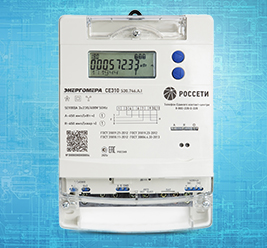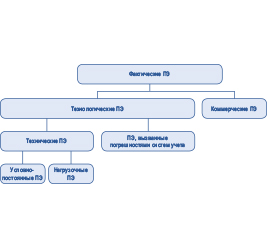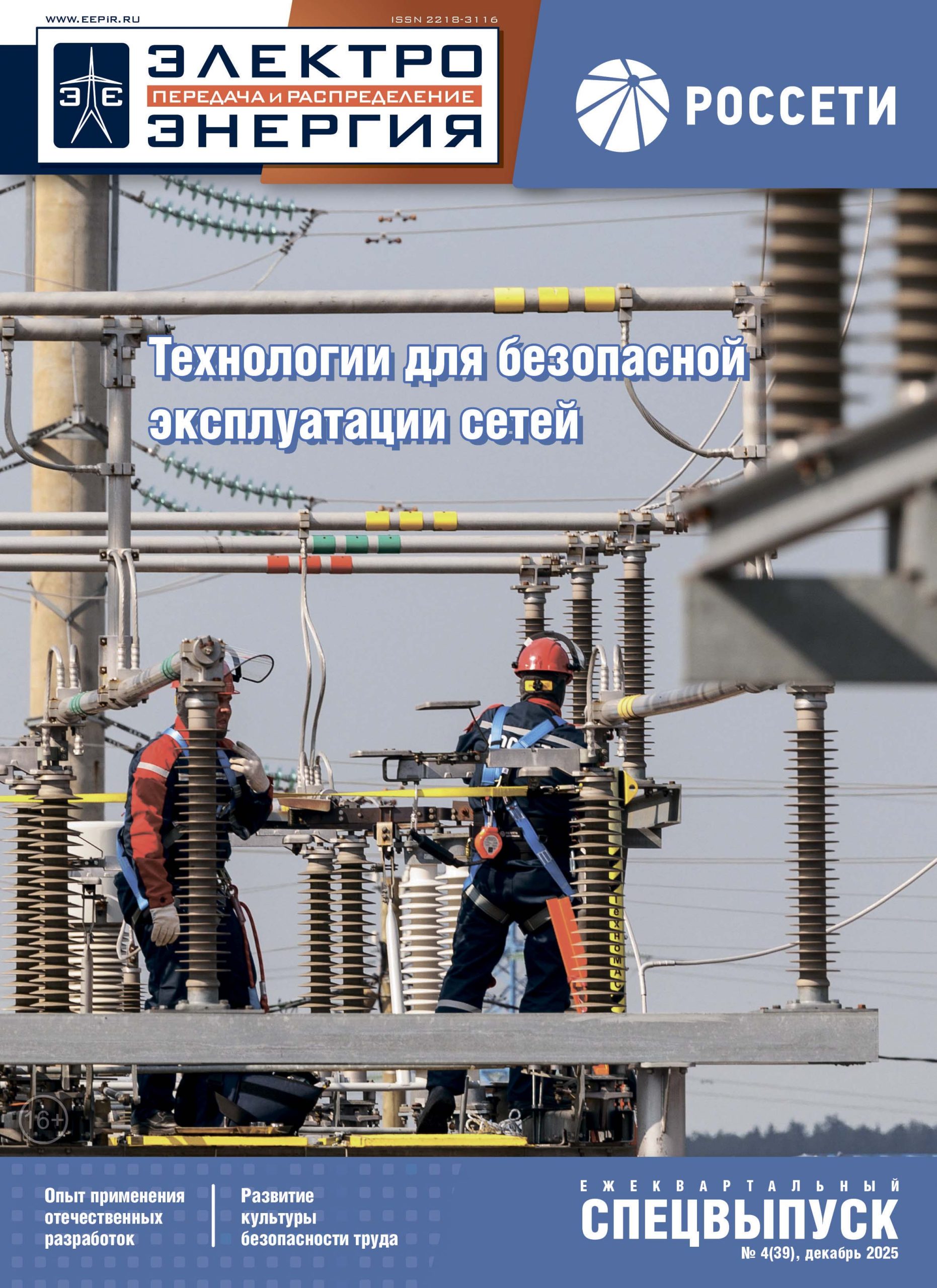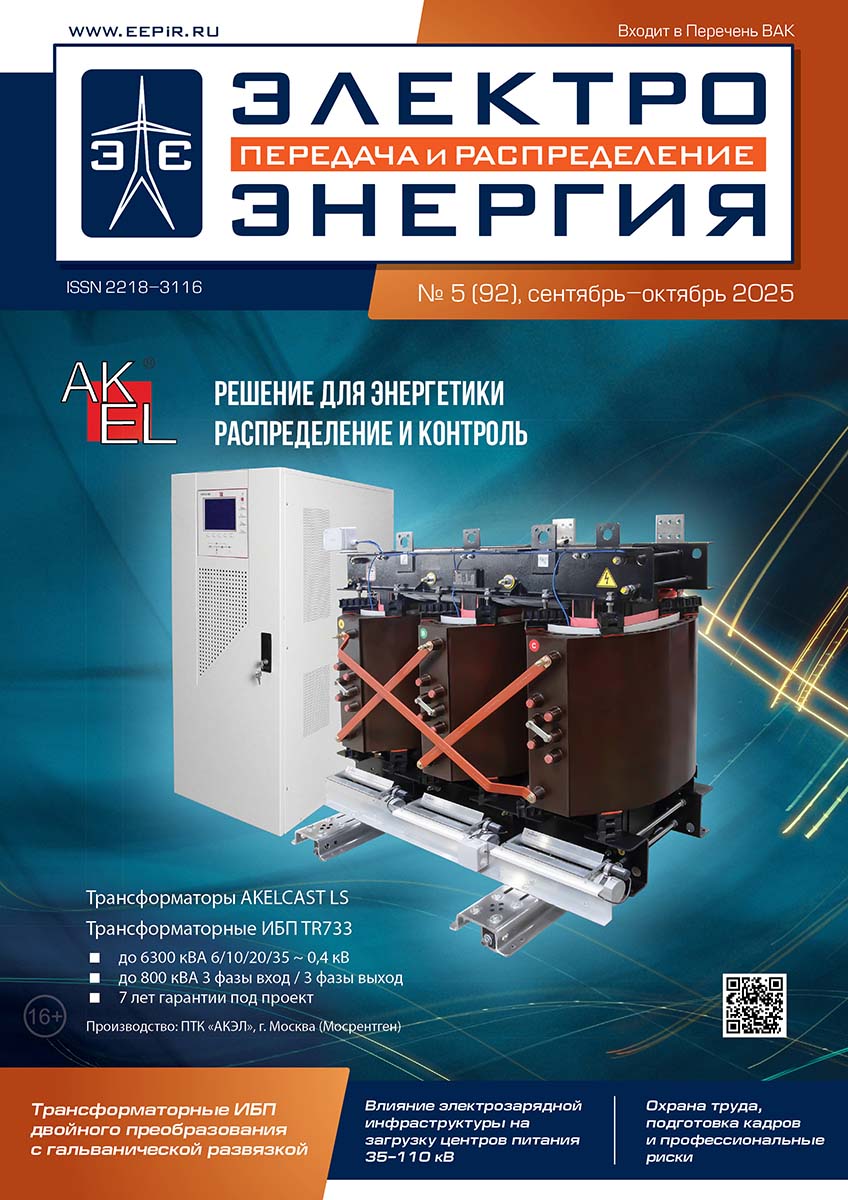Оригинал статьи: Application of Grid Energy Storages in Power Systems
Development priority of modern intelligent electric systems (IES) is to improve reliability of power supply, energy efficiency and environmental friendliness. Fulfillment of these tasks is often complicated by electrical network issues such as high equipment congestion, heavy losses and lengthy outages due to network accidents, complexity of RES-integrated network control due to intermittent power profile they generate.
















